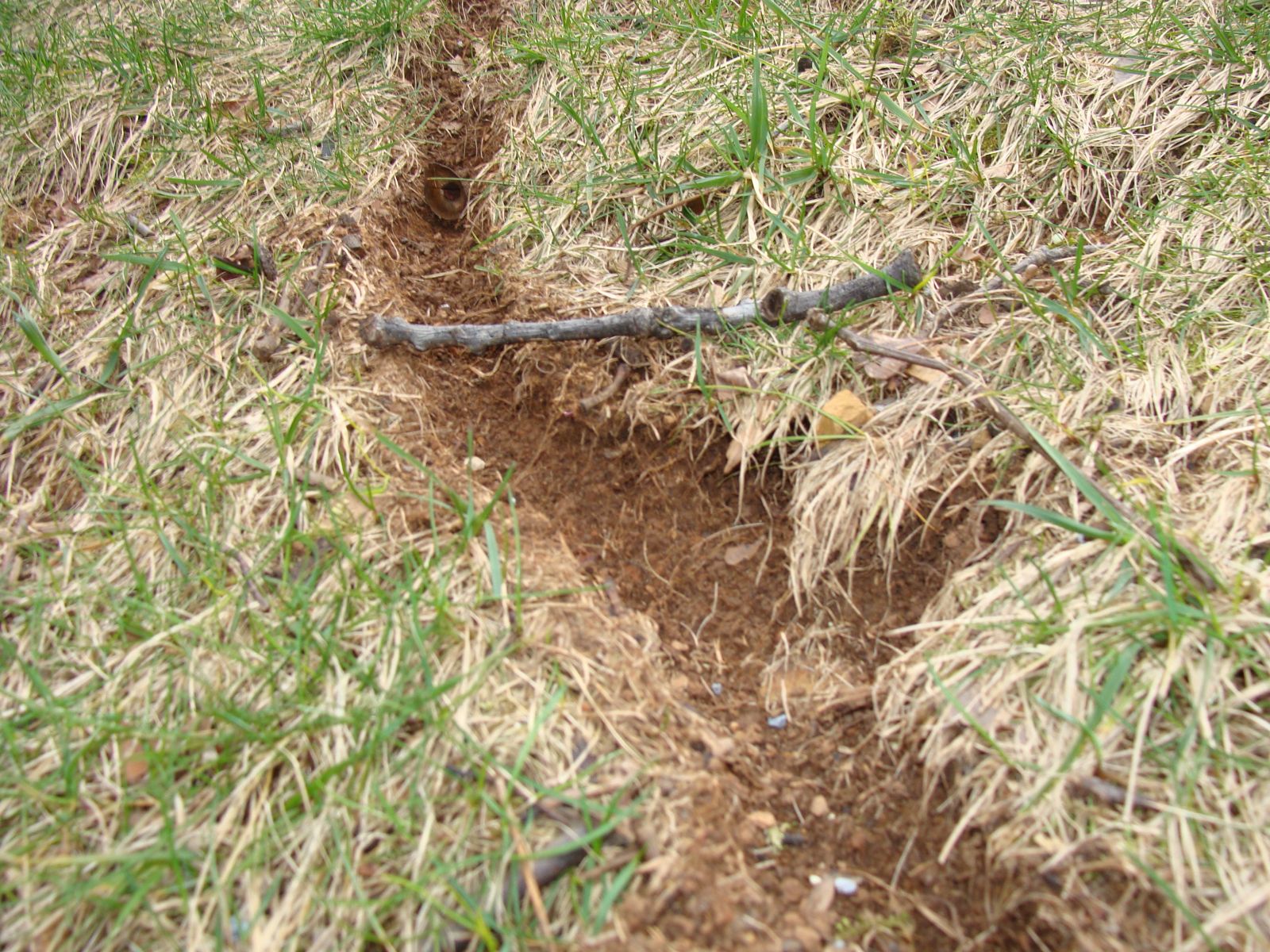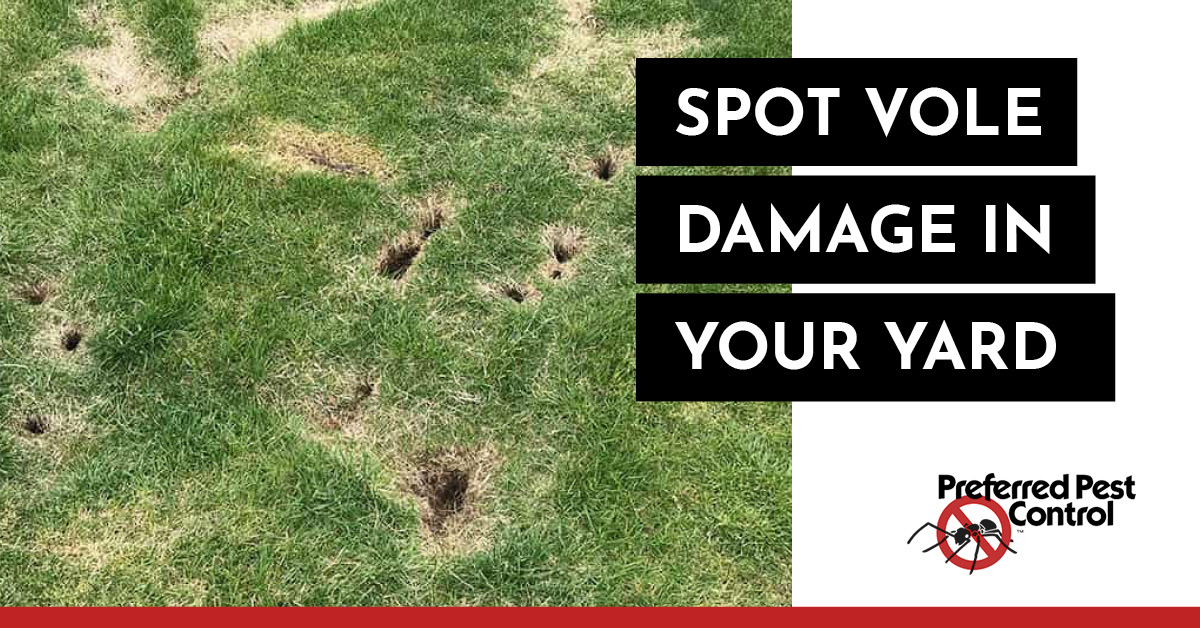Understanding Vole Pest Control: In-depth Insights on Infestation Prevention and Treatment Techniques
As homeowner and caretakers, the visibility of voles can posture a substantial difficulty to preserving the stability of our outside areas. Comprehending the ins and outs of vole habits is vital in establishing efficient bug control approaches. By identifying the refined indications of vole invasion at an early stage, we can take proactive measures to avoid widespread damage. In this conversation, we will explore the subtleties of vole behavior, look into the identification of invasion indications, and discover the most effective avoidance and treatment approaches. Keep tuned to find the insights that will encourage you to grasp vole pest control and safeguard your building versus these evasive rats.
Comprehending Vole Behavior
Checking out the foraging patterns of voles uses valuable understandings into their habits and habitat preferences. Voles, tiny rodents looking like mice, are herbivores understood for their underground tunneling activities. By observing their foraging actions, researchers can obtain a much better understanding of where voles prefer to develop their environments and the extent of their ecological impact. Voles are prolific breeders, with a solitary female efficient in generating several clutters in a year, making it vital to comprehend their actions for effective parasite control techniques.
Research study shows that voles show selective feeding practices, choosing origins, roots, and seeds. This dietary preference influences their foraging patterns, leading them to areas rich in greenery and ground cover. Furthermore, voles are recognized to create elaborate tunnel systems for foraging and nesting functions, showing a high degree of flexibility to their surroundings.
Understanding vole actions is essential for applying targeted parasite control procedures that disrupt their habitat choices and foraging tasks (vole lawn damage). By examining their habits, specialists can establish a lot more effective avoidance and therapy techniques to manage vole problems

Identifying Indications of Vole Infestation
Vole problems can be identified by acknowledging details indicators of their visibility in an area. One of the most common indicators of a vole invasion is the visibility of surface area paths.
An additional essential indication of vole infestation is the existence of little burrow openings in the ground. Furthermore, voles are known to leave behind chewed plant stems, roots, and light bulbs near their burrow openings, indicating their feeding activity in the location.
Locating these droppings along runways or near burrow openings can confirm a vole vole pest control invasion. By being attentive for these indicators, property owners can promptly address vole infestations and avoid further damage.
Executing Proactive Prevention Measures

Additionally, using natural vole deterrents like castor oil-based repellents or killer urine can function as effective preventative steps. It is additionally advisable to consistently examine outside rooms for any indications of vole task, such as runways or tunnel openings, to resolve potential invasions promptly. vole control utah. By adopting these positive avoidance strategies, home proprietors can substantially lower the possibility of vole damages and preserve the health and visual appeals of their landscapes
Efficient Treatment Strategies
Including targeted trapping approaches and using approved rodenticides are important elements of efficient therapy methods for managing vole problems. Routine surveillance and upkeep are also crucial aspects of effective treatment approaches to guarantee that vole populaces are kept under control. By incorporating trapping, rodenticides, environment adjustment, and regular tracking, reliable vole bug control can be achieved.
Tracking and Upkeep Tips
Routine tracking enables for the very early discovery of vole task, enabling prompt intervention before invasions aggravate. To properly monitor vole populations, tactically put traps can be used in vole runways or near burrow entryways.
In addition, maintaining a well-kept and tidy landscape is important in vole prevention. Cleaning away debris, such as stacks of wood or dense vegetation, eliminates prospective vole environments. Regularly mowing lawns and cutting plants helps in reducing vole hiding spots and reduces their access to food resources.
In addition, recurring upkeep of physical obstacles, such as fences or cable mesh, is important to stop vole invasion. Inspecting and fixing any kind of damages to these structures makes certain that vole control continues to be efficient in protecting residential or commercial properties from infestations. By including these tracking and maintenance techniques into a thorough vole pest control strategy, individuals can effectively take care of vole populations and protect their buildings from damages.
Conclusion
To conclude, grasping vole pest control needs a solid understanding of vole actions, the capability to recognize indications of infestation, applying positive avoidance steps, reliable treatment strategies, and constant monitoring and upkeep. By taking an extensive strategy to vole control, individuals can properly manage and prevent invasions, ultimately shielding their property and bordering environment from damages caused by these little rodents.
In this conversation, we will check out the subtleties of vole behavior, dig right into the identification of invasion indications, and uncover the most effective prevention and treatment techniques.Including targeted trapping techniques and making use of approved rodenticides are necessary parts of efficient therapy techniques for handling vole problems. To effectively keep an eye on vole populaces, purposefully placed traps can be utilized in vole runways or near burrow entryways. Checking and fixing any kind of problems to these structures guarantees that vole control continues to be effective in safeguarding buildings from infestations. By incorporating these monitoring and maintenance practices into an extensive vole insect control plan, individuals can successfully handle vole populaces and secure their buildings from damages.
Comments on “Vole Grass Damage Solutions: Effective Control Approaches”